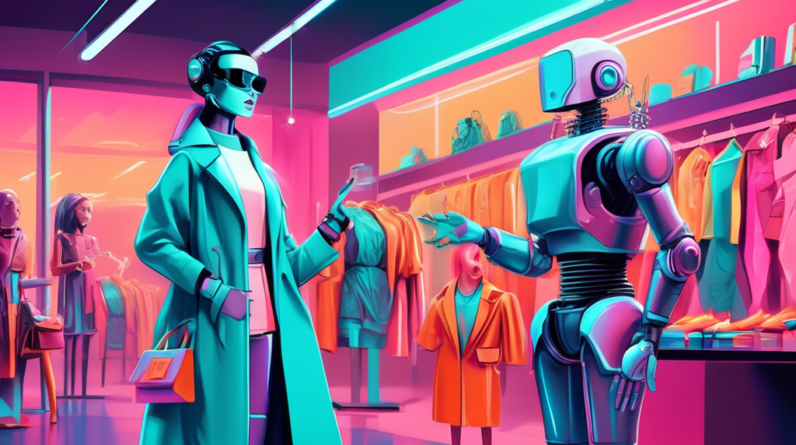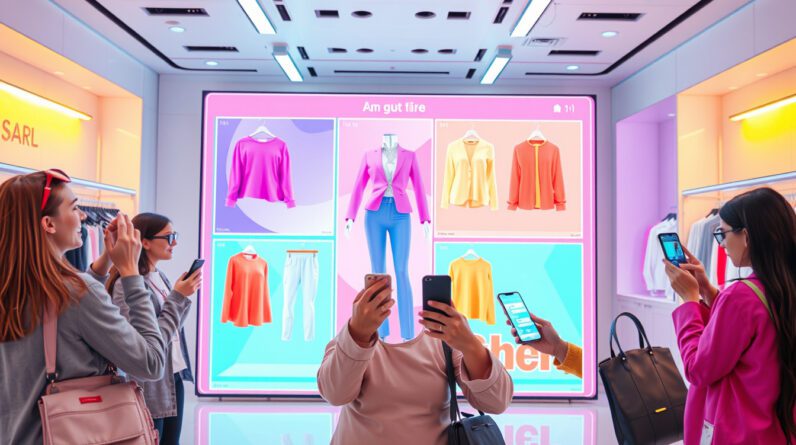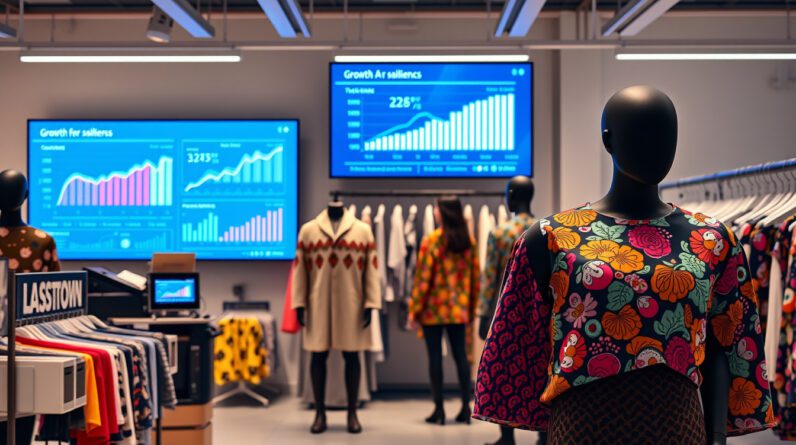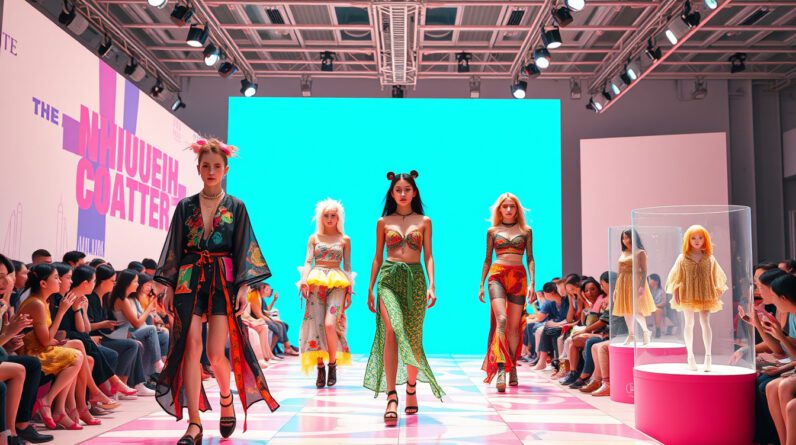
The fashion industry thrives on innovation, constantly evolving with new trends and technologies. One such advancement that has sent ripples through the fashion world is the emergence of Artificial Intelligence (AI). From personalized recommendations to virtual styling assistants, AI is steadily changing how we interact with fashion. But can AI truly outperform the nuanced touch of a human stylist?
The Rise of AI in Fashion
AI’s foray into fashion isn’t a new phenomenon. We’ve been introduced to AI-powered tools like personalized shopping recommendations on e-commerce platforms for a while now. These algorithms analyze browsing history, past purchases, and even social media activity to curate a selection of clothing and accessories tailored to individual tastes.
However, the scope of AI in fashion extends far beyond personalized recommendations. AI-powered styling assistants are now stepping into the spotlight, offering to curate complete outfits and provide fashion advice based on user preferences, body type, and even the event or occasion.
How AI Styling Assistants Work
AI styling assistants leverage complex algorithms and machine learning to process massive datasets of fashion images, trends, and style guides. These algorithms excel at identifying patterns and making connections that humans might overlook.
Here’s a closer look at how these assistants work:
- Data Collection: AI assistants gather information about the user through style quizzes, image analysis (users can upload photos of themselves or outfits they like), and by tracking browsing and purchase history.
- Trend Analysis: AI excels at analyzing current fashion trends, runway shows, and social media to understand what’s popular and what’s fading from style.
- Body Shape and Color Analysis: Some advanced AI assistants can analyze body measurements and skin tone to recommend styles and colors that flatter the user’s physique.
- Outfit Generation: Based on the collected data, AI algorithms generate outfit suggestions, often providing multiple options and variations to suit different tastes.
- Personalized Feedback: Many AI assistants incorporate a feedback mechanism where users can rate outfits, providing valuable data for the AI to refine its recommendations over time.
The Strengths of AI in Fashion
AI brings several advantages to the table when it comes to styling:
- Objectivity: Unlike humans, AI is free from personal biases and preferences, offering recommendations purely based on data and pre-set style parameters.
- Speed and Efficiency: AI can process vast amounts of information in seconds, generating multiple outfit options and providing style advice much faster than a human stylist.
- Accessibility and Affordability: AI-powered styling services are often more accessible and affordable than hiring a personal stylist, democratizing access to fashion advice.
- Experimentation: AI can encourage users to step outside their comfort zones by suggesting styles and combinations they might not have considered otherwise.
The Human Touch: Why Human Stylists Still Matter
Despite AI’s impressive capabilities, the human touch remains irreplaceable in the world of fashion:
- Emotional Intelligence: Human stylists possess emotional intelligence, understanding that fashion goes beyond just clothes; it’s a powerful tool for self-expression and reflecting one’s personality, mood, and aspirations. AI, at least for now, lacks this depth of understanding.
- Context and Nuance: AI may struggle to grasp the subtleties of certain events or dress codes. Humans excel at understanding unspoken social cues and cultural nuances, ensuring outfits are appropriate for the occasion.
- Creativity and Intuition: While AI can analyze trends, human stylists often rely on intuition and creative flair to put together truly unique and unexpected looks that push boundaries and set trends, rather than just following them.
- Personal Connection: The stylist-client relationship is built on trust and understanding. Human stylists take the time to listen to their clients, understanding their insecurities, desires, and fashion aspirations on a deeper level, something AI has yet to replicate.
The Future of Fashion: A Collaborative Approach
The question isn’t whether AI will replace human stylists entirely. Instead, the future of fashion lies in a collaborative approach where AI and human expertise complement each other.
Imagine a world where AI handles the time-consuming tasks – analyzing trends, sorting through inventory, and creating initial outfit options. Human stylists can then step in, leveraging their expertise to fine-tune these suggestions, adding personal touches, and ensuring the final look resonates with the client’s personality and the event’s context.
This collaboration can lead to a more efficient, personalized, and ultimately, more satisfying experience for fashion enthusiasts. AI can handle the data crunching, freeing up human stylists to focus on what they do best – connecting with clients and crafting looks that empower and inspire.
Conclusion
AI’s impact on the fashion industry is undeniable. AI styling assistants offer convenience, speed, and a level of data-driven personalization that’s hard to ignore. However, human stylists bring to the table emotional intelligence, creativity, and an intuitive understanding of style that AI has yet to replicate.
The future of fashion likely lies in a harmonious collaboration between AI and human expertise, creating a landscape where technology enhances, rather than replaces, the artistry of styling. As AI continues to learn and evolve, its role in fashion will undoubtedly expand, offering exciting possibilities for both stylists and fashion enthusiasts alike.





